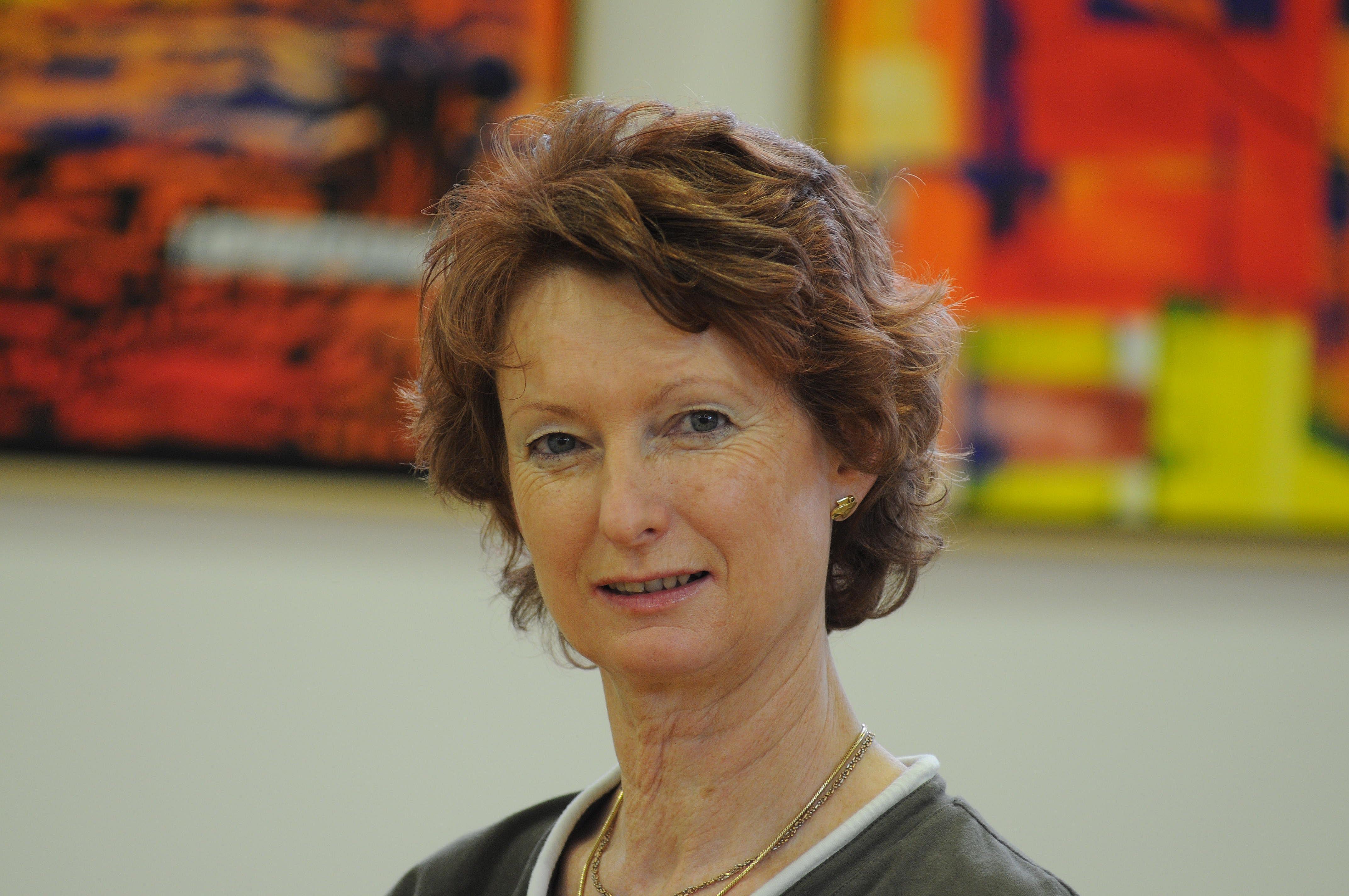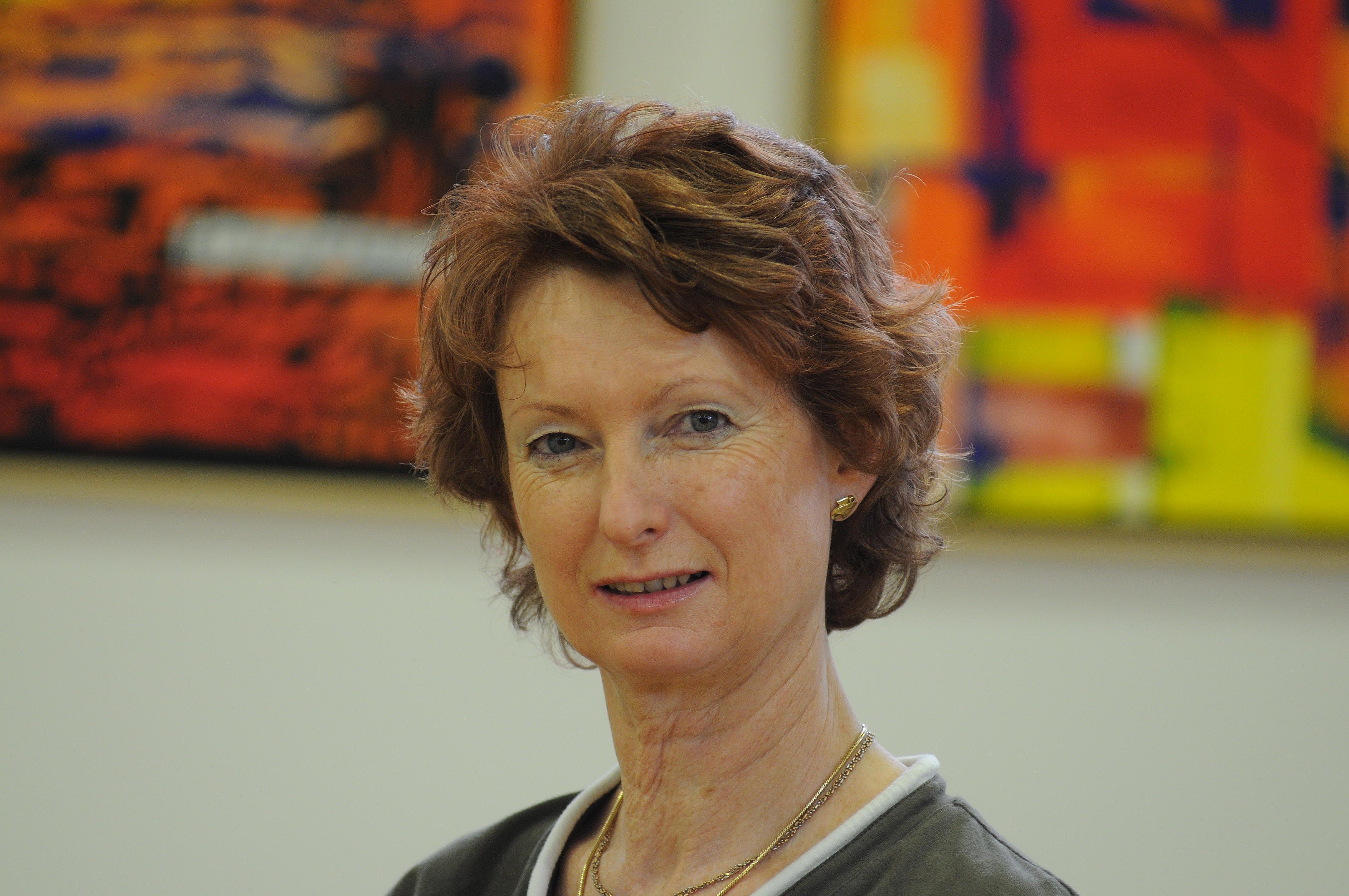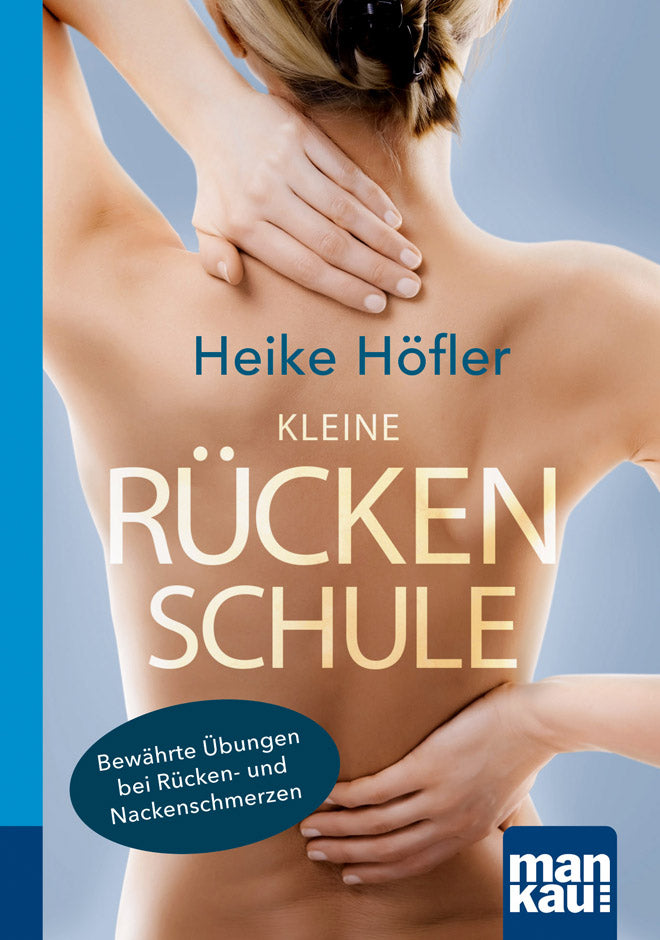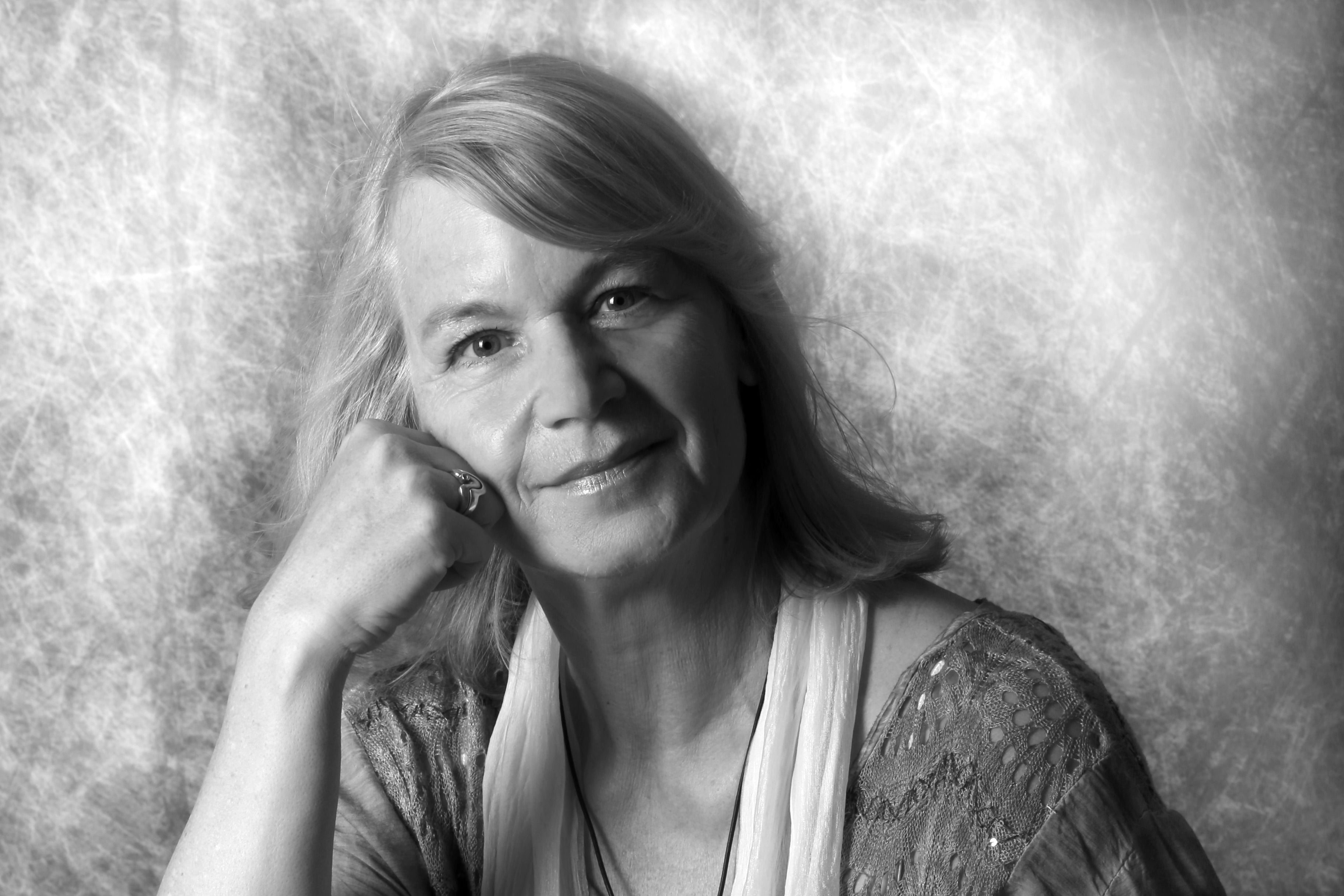
Little back school: "The be-all and end-all for back pain is exercise!"
Little back school: "The be-all and end-all for back pain is exercise!"
Interview with sports educator and course leader Heike Höfler about the new compact guide “Little Back School” .
"My 'back school' represents a holistic view of people. The combination of movement exercises, mindfulness exercises for posture, stretching exercises and relaxation is crucial to preventing back pain from occurring in the first place or to getting rid of existing pain."
Heike Höfler, author of the compact guide “Little Back School”, has been able to test again and again over the course of around 25 years in direct contact with her course participants and customers which exercises are the most effective and helpful in the prevention and self-help of back pain.
Eight out of ten people in Germany complain of pain in the neck or lumbar spine. What is the reason for the frequency of back pain?
Heike Höfler: The most common reason is incorrect strain caused by poor posture at work, but also at home and in leisure time. This leads to muscle tension and one-sided strain on joints and intervertebral discs. Stress and psychological strain can also lead to tension, muscle hardening and pain in the back and neck area.
In the past, the prevailing opinion was that the back should be protected when in pain. Today, however, the focus is on gentle exercise. How did this change come about and how did a “new back school” emerge?
Heike Höfler: It was recognized that many back pains are caused by muscle tension. The most important measures against hardening are exercise and warmth. This stimulates blood circulation and synovial fluid. Degenerative or wear-related processes in the skeleton, intervertebral discs and joints are also a result of incorrect posture and too little exercise.
Paradoxically, the increasing relief of the human musculoskeletal system through civilization and technology leads to increased signs of wear and tear and pain. How can we counteract this development?
Heike Höfler: The highly technological civilization with its many devices and machines has contributed to people moving less and less. However, movement is the be-all and end-all for a healthy back. People are "designed for movement". What is not moved atrophies, wears out, "rusts" and becomes brittle. This applies to muscles as well as joints or fascia. It is not about protecting these structures, but rather moving them healthily and frequently. One-sided postures when sitting or standing, in which one may remain for hours, prevent this and lead to hard tissue with poor blood circulation, to protective postures and pain. Only active movement can prevent this.
Back pain is usually caused by a lack of exercise or poor posture. But stress and psychological strain often play a decisive role. Can the soul be trained in the same way as the muscles?
Heike Höfler: This is possible if you also take time for relaxation and regeneration breaks. Breathing relaxation exercises have proven very useful here. Many people have forgotten how to breathe slowly and deeply. Mindful stretching exercises in which you let your breath flow and let go of your thoughts for a moment are also good. Short relaxation breaks, even at your desk, relieve the soul and refresh the mind and body. Pausing now and then, giving your soul and your breath time, is also good for your back. I would like to quote an ancient Greek quote on this: " You cannot heal the body without the soul, and the soul without the body."
Modern working life and leisure time are mostly spent sitting and in front of a screen. What exercises can be done without too much effort or even in the office to avoid muscle tension?
Heike Höfler: This includes all exercises while sitting or standing, as well as exercises against the wall or in the door frame. All neck exercises are very important for desk workers, for example: lay the head to the right side, pull the left shoulder downwards at the same time, then vice versa. Or pull the chin towards the breastbone. This stretches shortened, poorly supplied and hardened neck muscles and improves their blood supply.
How can you tell whether back pain can be treated through exercise and does not indicate a serious illness that requires medical attention?
Heike Höfler: Doctors can tell this from the symptoms. For example, pain in the lower spine area is classified into acute, subacute and chronic back pain. If symptoms last longer than six weeks, a doctor must be consulted.
Orthopaedists and occupational therapists have been observing for some time that back pain, poor posture and coordination problems have increased dramatically, even among children. What options do you see for specifically promoting body awareness and mobility?
Heike Höfler: Children should be given more time for physical exercise at school. This should also involve strengthening the postural muscles, learning to perceive one's own posture, and incorporating coordination games. Suitable play equipment, such as the Pezzi ball, makes coordination and balance exercises more interesting. Overall, children want to train in a playful way and can be excited by interesting exercise options. It would also be advisable to plan targeted, five-minute exercise breaks between the individual school lessons.
Do you have experience in back courses?
Heike Höfler: I have been giving back and neck courses for health insurance companies, adult education centers, companies and other institutions for around 25 years. During this time I have also written various articles and books on these topics. I had the advantage of being able to try out all the exercises and experiences again and again in direct contact with people. I learned from and with my course participants and was able to find out on the spot which exercises are good for people and which information is particularly important. So this book was not just written at my desk, but in practice.
How are your back courses structured?
Heike Höfler: For me, the holistic view of the person is crucial. It is not about building up individual muscles; what is important is movement exercises for the whole body (e.g. swing exercises), mindfulness exercises for posture, strengthening and supple stretching exercises and relaxation. This combination is crucial for preventing back pain from occurring in the first place or for getting rid of existing back pain. It is also very important that back or neck pain, which occurs from time to time, does not become chronic.
Book tip:
Heike Höfler: Little back school. Compact guide. Tried and tested exercises for back and neck pain. Mankau Verlag, 1st edition October 2016, paperback, color, 126 pages, 7.99 euros (D) / 8.20 euros (A), ISBN 978-3-86374-329-1.
Link recommendations:
More information about the compact guide "Little Back School"
To the reading sample in PDF format
More about the author Heike Höfler
To the Internet forum with the author Heike Höfler











